What Are Some Things That Plant Cells Have That Animal Cells Do Not
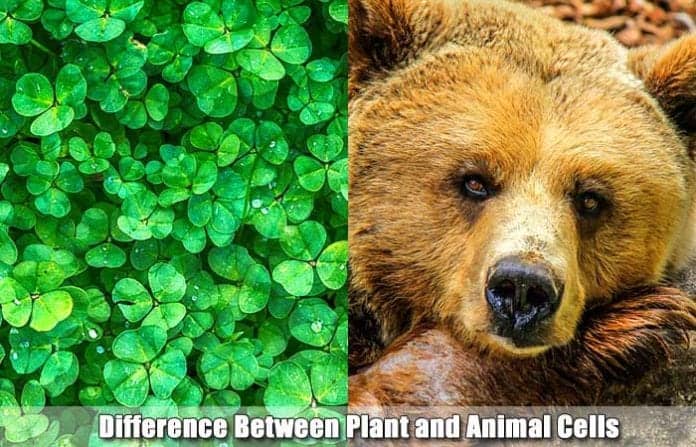
Differences between Plant and Animal Cells: Plants and Animals consist the major kingdoms of Domain Eukarya. On the 1 mitt, Kingdom Plantae is composed of multi-cellular (although some are unicellular) autotrophic organisms. At nowadays, it is estimated that the total number of plants is 400,000 while of course, a lot remains undiscovered.
On the other hand, the members of the Kingdom Animalia make up more than three-fourths of all species plant on our planet. They typically range from the simplest, like the sponges and corals, up to the about developed one like humans.
Regarding concrete appearance, plants undeniably are distinctly different from animals. But what about inside them? Do they differ too? Well, in this post, we will explore the answer to that question!
Nosotros will discuss plant cell vs brute cell, everything at the cellular organization level. Check out the departure betwixt prokaryotic and eukaryotic cells every bit well.
Table of Contents
- What are Plant Cells?
- Types of Plant Cells
- 1. Parenchyma
- 2. Collenchyma
- 3. Sclerenchyma
- 4. Water Conducting Cells
- 5. Sieve Tube Members
- What are Animal Cells?
- Types of Animal Cells
- 1. Nervus Cells
- 2. Blood Cells
- iii. Musculus Cells
- 4. Skin Cells
- five. Bone Cells
- What Are The Differences Between Constitute and Creature Cells?
![]()
What are Constitute Cells?
Like any other eukaryotic cells, plant cells that take their genetic material enclosed in the nucleus and accept membrane-bound organelles. One of the most distinctive features of plants cells is the presence of cell wall apart from the cell membrane itself.
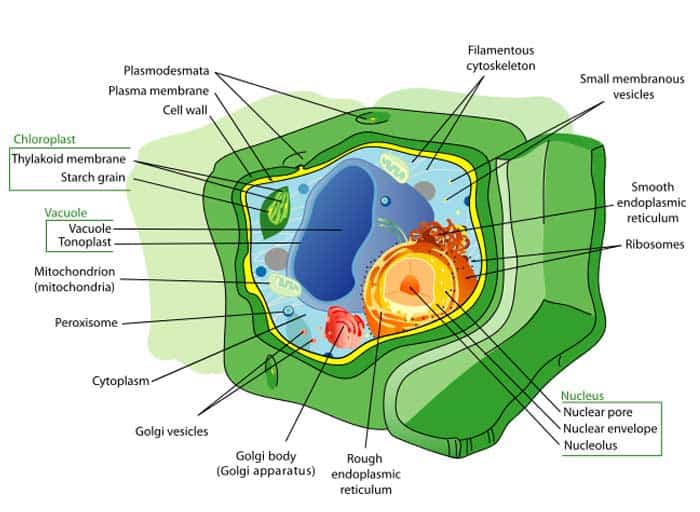
- This cell wall, primarily composed of cellulose, is what provides the whole institute structure support and rigidity.
- The primary role of found cells is to carry out photosynthesis considering of the presence of chlorophyll in their chloroplasts.
- It was once believed that plant cells originated from the endosymbiosis between a single-celled photosynthetic organism and a larger proto-eukaryote.
![]()
Types of Plant Cells
Unlike types of plant cells are specific in performing certain functions necessary for survival. The following are the types of plant cells:
-
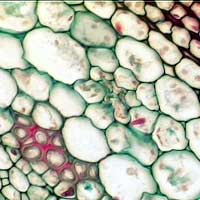
1. Parenchyma
Amidst all types of institute cells, parenchyma cells are the simplest in terms of structure – they only have thin walls. These cells are not highly specialized a primarily used for the storage of organic products.
-
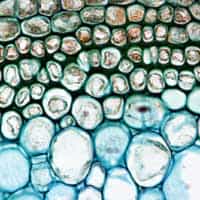
ii. Collenchyma
Collenchyma cells have relatively thin walls simply with some degrees of thickening at some parts of the prison cell. This type of structure allows the plant prison cell to utilize their office as structural back up.
-
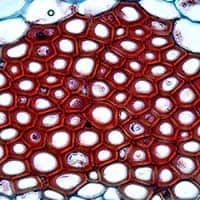
3. Sclerenchyma
Unlike parenchyma and collenchyma cells, sclerenchyma cells have highly lignified (embedded with lignin) cell walls which are thickened dead cells at maturity.
-
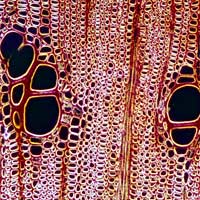
4. Water Conducting Cells
Xylem is a institute vascular tissue which helps in transmitting h2o from roots to all parts of the constitute. The cells in this tissue have a hardening agent, dissimilar collenchyma cells. There are two types of cells within Xylem namely tracheids and vessel members. Seedless vascular plants comprise tracheids whereas flowering plants (Angiosperms) contain both tracheids and vessel members.
-
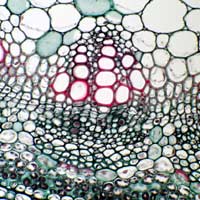
5. Sieve Tube Members
Phloem is another found tissue which is responsible for conducting foods produced (via Photosynthesis) in the leaves to all parts of the constitute. Within this tissue, three types of cells found namely companion cells, phloem fibers, and parenchyma cells.
![]()
What are Animal Cells?
Animal cells are also a type of eukaryotic cells that incorporate a "true nucleus" and membrane-bound organelles enclosed together by a plasma membrane.
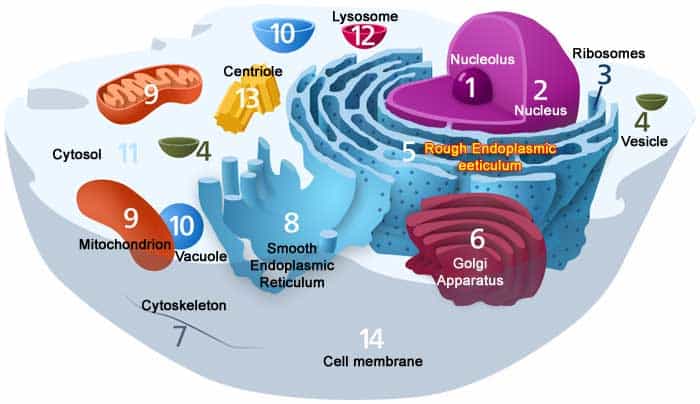
- Animate being cells do not have a cell wall, which typically distinguishes them from other eukaryotic organisms like plants and fungi.
- Scientists believed that the characteristic of having prison cell wall by animals is a feature that was lost in the past by a single-celled organism that eventually gave rise to the Kingdom Animalia.
- Despite the lack of a rigid prison cell wall, animal cells accept adult a broad array of cell types, tissues, and organs. Animal cells typically evolved to course nerves and muscles which allowed them for locomotion and mobility.
- While being mobile has greatly immune animals to do a lot of things, fauna cells per se are unable to synthesize their own nutrient, hence are e'er dependent on plants.
![]()
Types of Fauna Cells
In that location are different types of animals per se, depending on the type of environment they live in and their lifestyle. However, listed beneath are some of the most common types of animal cells.
-
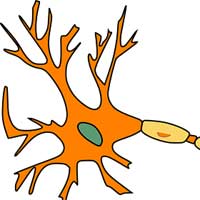
1. Nerve Cells
Nervus cells are specialized cells that electro-chemically transport impulses or information to and from the sensory receptors and the central nervous organisation.
-
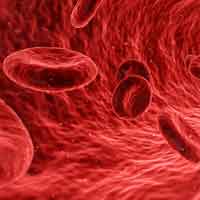
2. Blood Cells
Too called every bit the hematopoietic cell, the blood jail cell is responsible for carrying oxygen to the different tissues while at the same time collecting carbon dioxide from them. Aside from that, blood cells likewise bring with them hormones and other nutrients and send them to the different parts of the body.
-
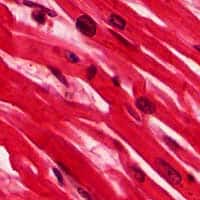
3. Muscle Cells
Muscle cells, too chosen myocytes, are long and tubular cells (sometimes spindle-shaped) that part for the production of force and movement. In animals, musculus cells comprise the most number of mitochondria.
-
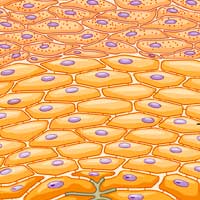
4. Skin Cells
Located in the epidermal and dermal layer, skin cells function mainly for protection, perception, and manual of sensation. In addition to that, peel cells also prevent water loss through dehydration.
-
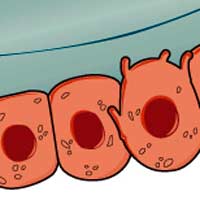
v. Os Cells
Os cells make upwards the bones and overall skeleton of animals. While there are different types of os cells, their primary function is to provide structural support and aid in movement.
![]()
What Are The Differences Between Plant and Creature Cells?
As eukaryotic cells, plants and beast cells share many features in common, including organelles like the nucleus, mitochondria, cell membrane, and others. Nonetheless, as both are cardinal units of entities, each has its own feature differentiating it from the other. Here are the 17 differences in brute and plant cells:
![]()
Cite This Page
Source: https://www.bioexplorer.net/difference-between-plant-and-animal-cells.html/
Posted by: ladwigvesomply.blogspot.com

0 Response to "What Are Some Things That Plant Cells Have That Animal Cells Do Not"
Post a Comment